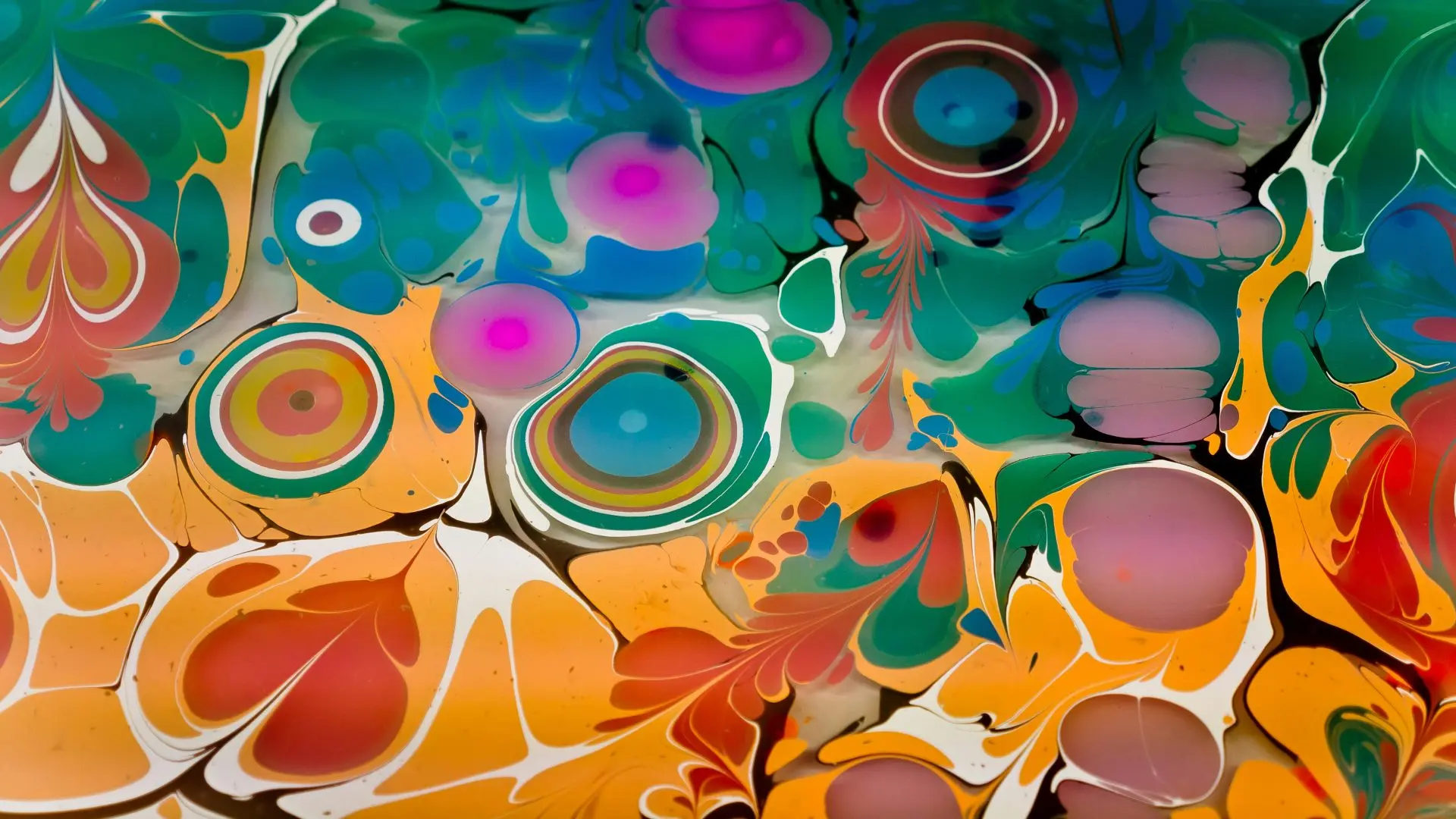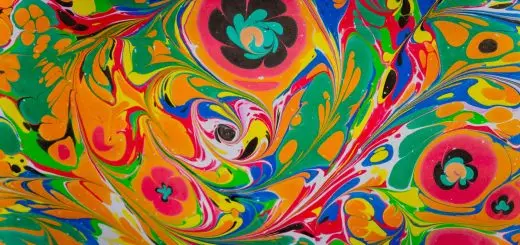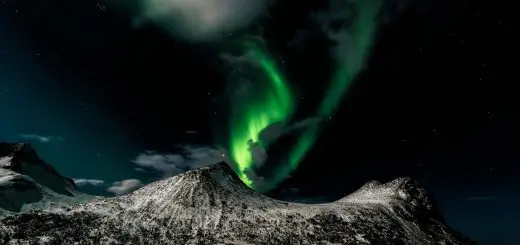Hermeticism and the Tarot: An Exploration

Before diving in, please note: This post is for informational purposes only. If you’d like to know more about how we approach topics, feel free to check out our friendly Disclaimer Page.
Hey there, amazing readers! 
We’re committed to delivering quality posts, and your support (even just sticking around despite the ads) means everything to us. So, bear with us, and thanks for helping us keep the good vibes rolling. Now, on to the fun stuff!
TRANSLATE BUTTON AT THE END OF THE ARTICLE
Introduction to Hermeticism
Hermeticism is a philosophical and esoteric tradition that encompasses a wide range of beliefs and practices. It originated in ancient Egypt and Greece and is based on the teachings attributed to Hermes Trismegistus, a legendary figure who was considered a wise teacher and a master of alchemy, astrology, and magic. Hermeticism emphasizes the interconnectedness of all things in the universe and the idea that knowledge, wisdom, and spiritual enlightenment can be attained through personal transformation and inner reflection.
History of Hermeticism
The origins of Hermeticism can be traced back to the early centuries of the Common Era, with the emergence of texts known as the Hermetica. These writings, attributed to Hermes Trismegistus, contain teachings on cosmology, metaphysics, and the nature of reality. Over the centuries, Hermeticism has influenced various philosophical and mystical traditions, including alchemy, Kabbalah, and Christian mysticism. During the Renaissance, Hermeticism experienced a revival, with scholars like Marsilio Ficino and Giordano Bruno incorporating its teachings into their work.
The Connection to Tarot
The Tarot is a deck of cards used for divination, meditation, and spiritual growth. It consists of 78 cards divided into two main sections: the Major Arcana and the Minor Arcana. The imagery and symbolism on the Tarot cards are rich with meaning and can be interpreted in a variety of ways. Many Tarot practitioners believe that the Tarot is deeply connected to Hermeticism, as both traditions share a focus on spiritual growth, self-discovery, and the exploration of the mysteries of the universe.
Origins of the Tarot
The origins of the Tarot are shrouded in mystery, with some scholars tracing its roots back to ancient Egypt or the mystical traditions of the Kabbalah. However, the Tarot as we know it today likely emerged in Renaissance Italy, where it was used for gaming, entertainment, and eventually divination. The Tarot deck consists of 22 Major Arcana cards and 56 Minor Arcana cards, each with its own unique symbolism and meaning. The Tarot has since become a popular tool for personal insight and spiritual guidance.
Major Arcana in Tarot
The Major Arcana cards in the Tarot represent significant life events, spiritual lessons, and archetypal forces at work in the universe. Each card in the Major Arcana is associated with a specific aspect of human experience and can offer deep insights into one’s inner journey. From the Fool, symbolizing new beginnings and unlimited potential, to the World, representing completion and fulfillment, the Major Arcana cards tell a story of personal growth and transformation.
Minor Arcana in Tarot
The Minor Arcana cards in the Tarot represent everyday experiences, challenges, and opportunities for growth. Divided into four suits—Wands, Cups, Swords, and Pentacles—the Minor Arcana cards mirror the elements of fire, water, air, and earth, respectively. Each suit corresponds to a different aspect of life, such as creativity, emotions, intellect, and material resources. By exploring the symbolism and meanings of the Minor Arcana cards, Tarot practitioners can gain insight into their relationships, careers, and personal development.
Symbolism in Tarot
The Tarot is a symbolic system rich with imagery and meaning, drawing on a diverse range of esoteric, spiritual, and mythological traditions. The symbols found on Tarot cards can be interpreted in multiple ways, allowing for a deep exploration of the subconscious mind and the mysteries of the universe. From the mystical symbolism of the High Priestess to the transformative power of the Death card, each image on the Tarot deck holds layers of significance waiting to be unlocked and understood.
Hermetic Principles in Tarot
Hermeticism and the Tarot share several core principles, including the idea of correspondence, as above so below, the principle of mentalism, and the concept of polarity. These Hermetic principles are reflected in the symbolism and structure of the Tarot deck, with each card embodying a specific aspect of the human experience and the interconnectedness of all things in the universe. By applying Hermetic principles to Tarot readings, practitioners can gain a deeper understanding of the hidden forces at work in their lives and the world around them.
The Fool’s Journey
In Tarot, the Fool’s Journey is a narrative framework that follows the protagonist, the Fool, as he embarks on a spiritual quest through the Major Arcana cards. The Fool represents innocence, spontaneity, and unlimited potential, symbolizing the beginning of a new cycle or adventure. As the Fool progresses through the Tarot deck, he encounters various archetypal figures, challenges, and opportunities for growth, ultimately leading to self-discovery, wisdom, and enlightenment. The Fool’s Journey is a powerful metaphor for the human experience and the path to self-realization.
Tarot Spreads and Hermeticism
Tarot spreads are arrangements of cards laid out in a specific pattern for the purpose of a reading. Each Tarot spread has its own structure and meaning, allowing for a tailored approach to addressing different questions or topics. When using Tarot spreads in conjunction with Hermetic principles, practitioners can navigate the complexities of life with greater insight and clarity. By selecting the right spread and interpreting the cards in relation to Hermetic teachings, Tarot readers can unlock hidden truths, patterns, and revelations that guide them towards personal growth and spiritual evolution.
Interpretation Techniques
Interpreting Tarot cards involves a combination of intuition, symbolism, and knowledge of traditional meanings. Tarot readers use a variety of techniques to interpret the cards, including free association, storytelling, and elemental correspondences. By engaging with the imagery and symbolism on the cards, practitioners can uncover deeper layers of meaning and insight into their own psyche and life circumstances. Hermetic principles can also inform interpretation techniques, offering a framework for understanding the interconnectedness of the cards and the universal forces at play in a Tarot reading.
The Influence of Hermeticism
Hermeticism has had a profound influence on the Tarot, shaping its symbolism, structure, and philosophical underpinnings. The emphasis on spiritual growth, inner transformation, and the interconnectedness of all things in the universe resonates deeply with the teachings of Hermeticism. By incorporating Hermetic principles into Tarot practice, practitioners can deepen their understanding of the cards and their own spiritual journey. The Tarot serves as a powerful tool for exploring the mysteries of the universe and uncovering hidden truths that can guide us towards greater self-awareness, wisdom, and enlightenment.
Conclusion
In conclusion, the relationship between Hermeticism and the Tarot is a profound and multifaceted one. The Tarot draws on the rich symbolism and esoteric teachings of Hermeticism to offer insights into the human experience and the mysteries of the universe. By exploring the Major and Minor Arcana, interpreting symbolism, and applying Hermetic principles to Tarot readings, practitioners can embark on a journey of self-discovery, personal growth, and spiritual enlightenment. The Tarot serves as a mirror reflecting the interconnectedness of all things in the universe, inviting us to delve deeper into the realms of the subconscious, the spiritual, and the divine. Through the marriage of Hermeticism and Tarot, we can unlock the secrets of the cosmos and uncover the hidden truths that guide us towards a deeper understanding of ourselves and the world around us.

The Enlightenment Journey is a remarkable collection of writings authored by a distinguished group of experts in the fields of spirituality, new age, and esoteric knowledge.
This anthology features a diverse assembly of well-experienced authors who bring their profound insights and credible perspectives to the forefront.
Each contributor possesses a wealth of knowledge and wisdom, making them authorities in their respective domains.
Understand the Powerful Law of Karma and Its Impact – Explore Here!
Together, they offer readers a transformative journey into the realms of spiritual growth, self-discovery, and esoteric enlightenment.
The Enlightenment Journey is a testament to the collective expertise of these luminaries, providing readers with a rich tapestry of ideas and information to illuminate their spiritual path.
Our Diverse Expertise
While our primary focus is on spirituality and esotericism, we are equally passionate about exploring a wide range of other topics and niches 

To ensure we provide the most accurate and valuable insights, we collaborate with trusted experts in their respective domains 
Our blog originally focused on spirituality and metaphysics, but we’ve since expanded to cover a wide range of niches. Don’t worry—we continue to publish a lot of articles on spirituality! Frequently visit our blog to explore our diverse content and stay tuned for more insightful reads.



































































